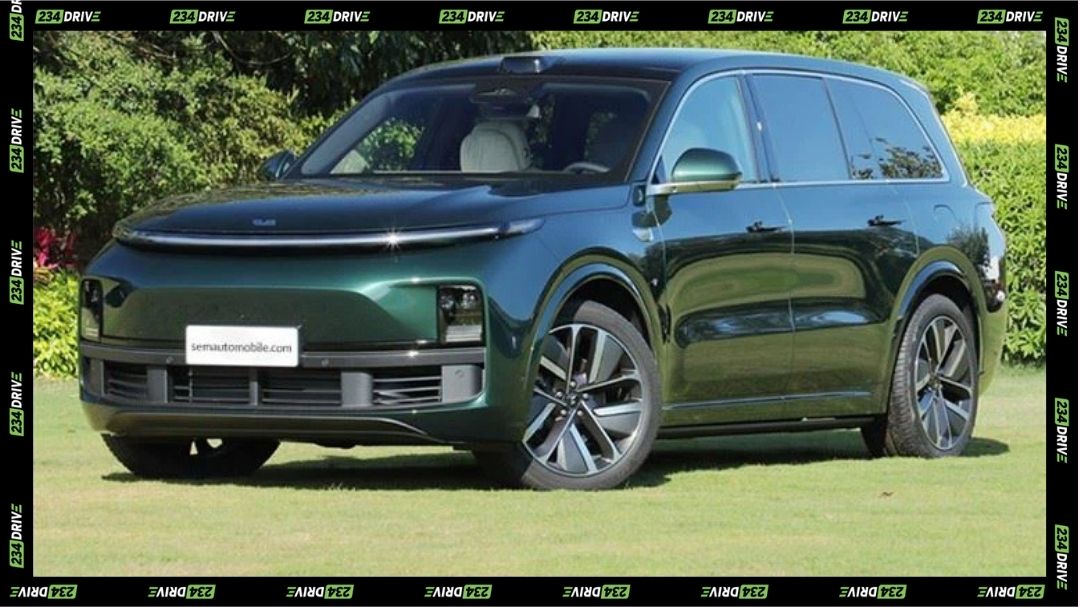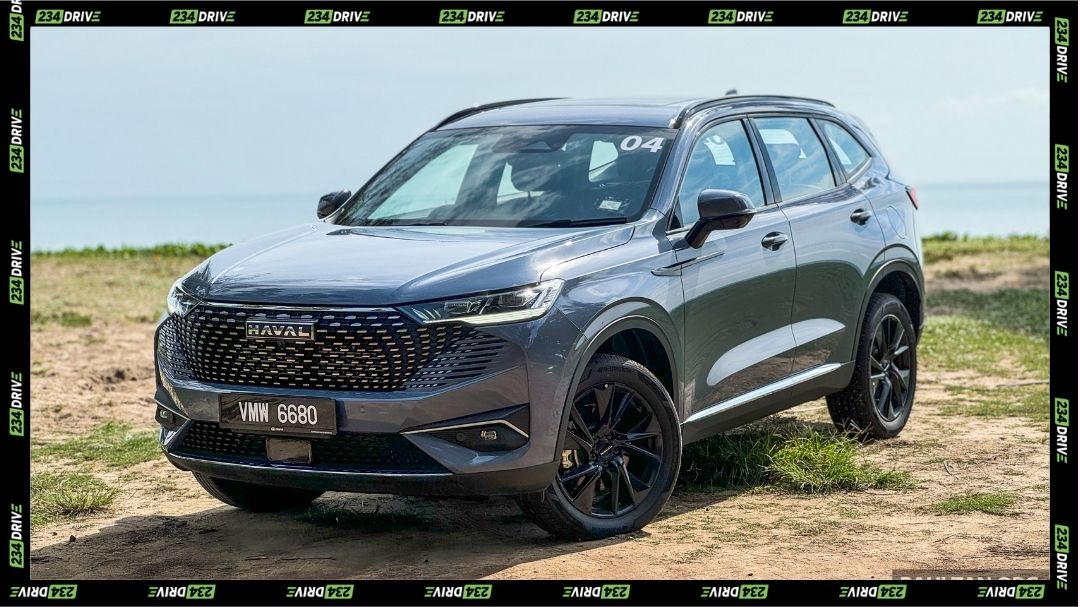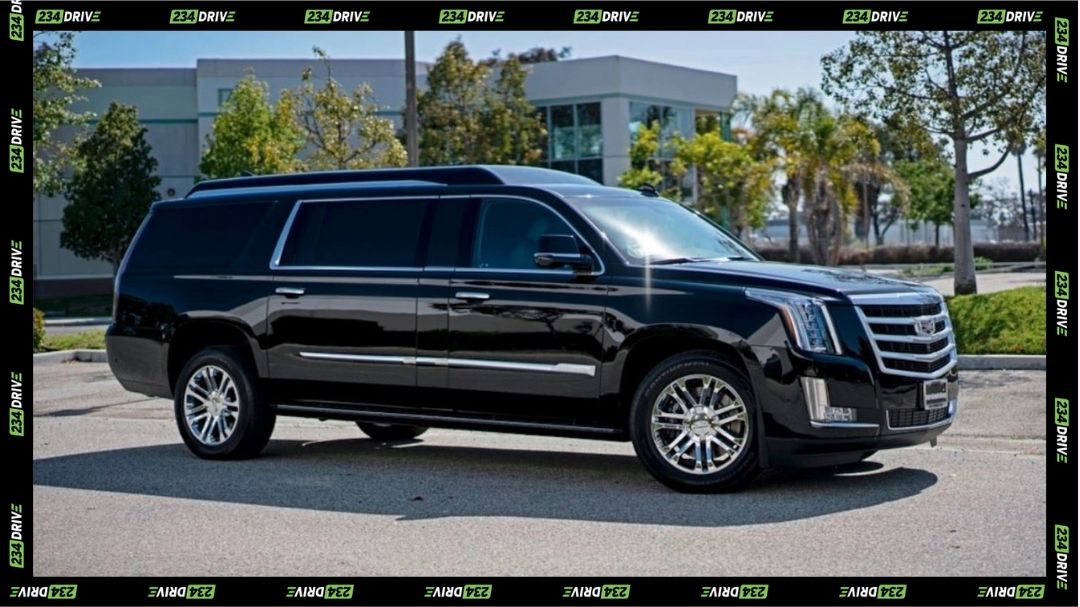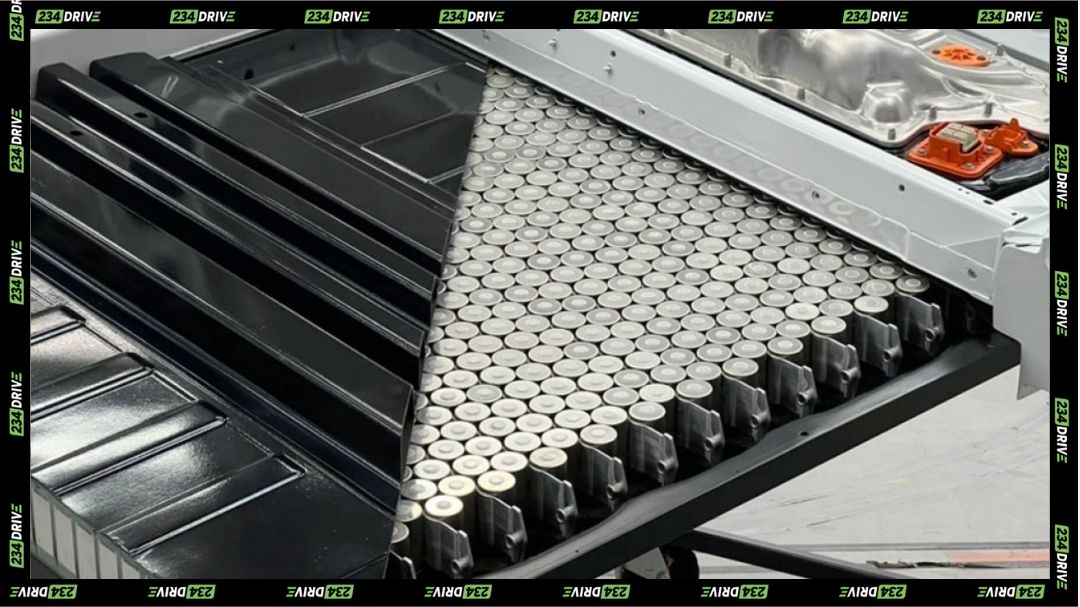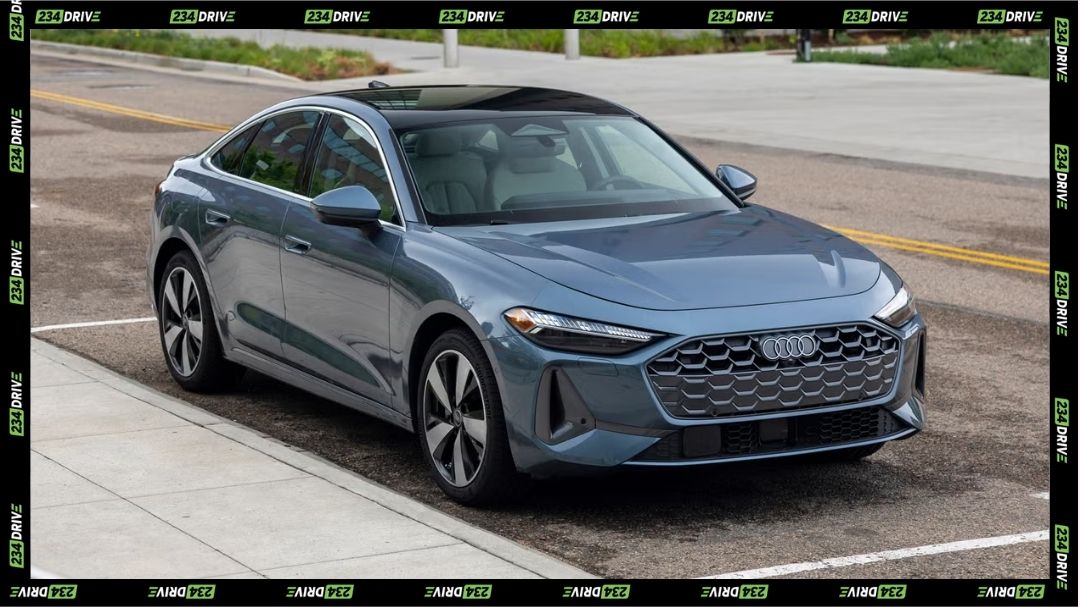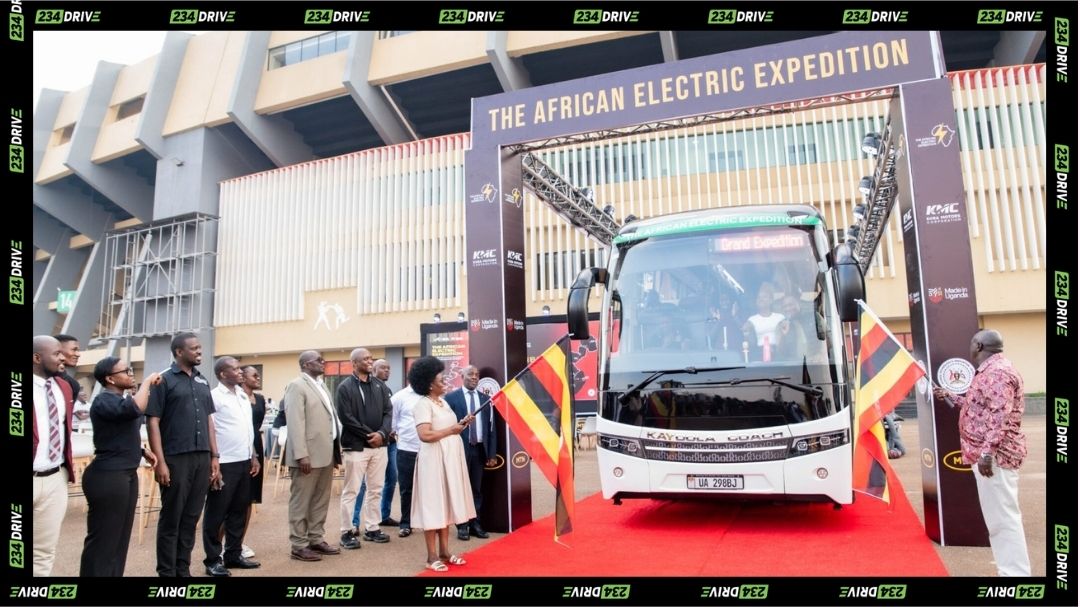South Africa’s automotive market reached a major milestone in October 2025, posting the highest monthly vehicle sales in ten years. With 55,956 new vehicles sold, the figure represents a 16% year-on-year increase, signalling renewed consumer confidence and economic stability after a challenging decade. The surge marks the industry’s strongest performance since March 2015 and continues a 13-month streak of consecutive growth.
The momentum stems from improving macroeconomic indicators easing inflation, a firmer rand, and expectations of interest rate cuts in 2026. Collectively, these factors have given South Africans the confidence to invest in new vehicles again. According to data from the National Association of Automobile Manufacturers of South Africa (NAAMSA), the year-to-date total of 493,053 units puts the sector on track to exceed last year’s total of 515,712 units and edge closer to pre-pandemic 2019 levels.
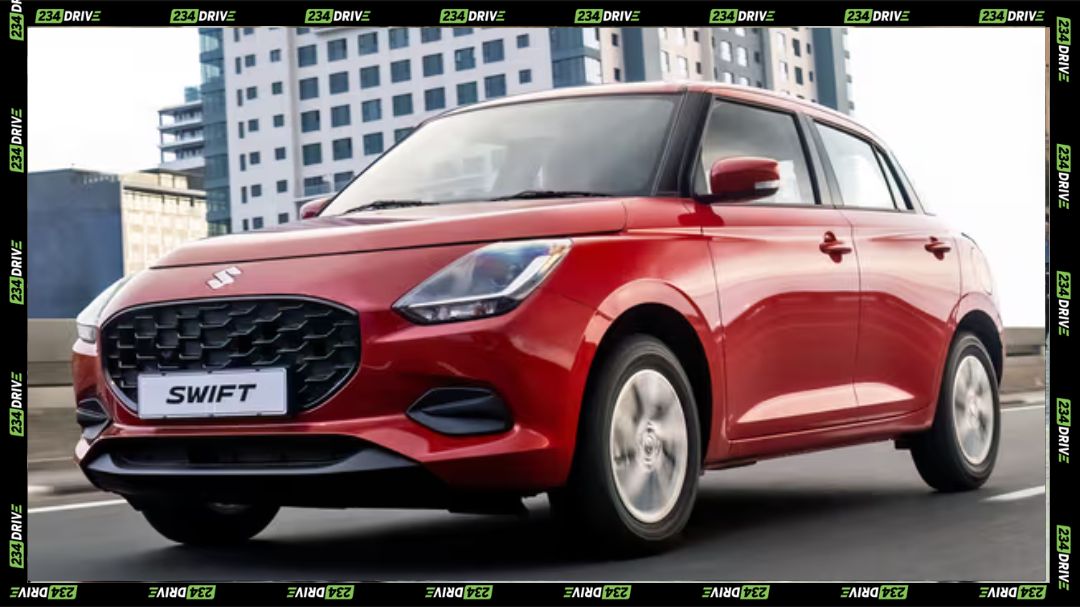
Toyota and Suzuki emerged as clear leaders in this boom. Toyota topped the charts with over 13,500 units, securing roughly a quarter of the market share. Suzuki followed with an impressive 6,890 units, its best month on record, surpassing legacy competitors like Volkswagen, Hyundai, and Ford. This performance underlines a growing preference for practical, affordable, and reliable models suited to South Africa’s mixed urban and rural landscapes. Toyota’s consistent performance across segments reinforces its reputation as a household favourite, while Suzuki’s surge demonstrates how small, value-driven brands are reshaping market dynamics.
Passenger vehicles remain the backbone of the market, accounting for 39,610 units, up 14.8% year-on-year. Light commercial vehicles (LCVs) saw even stronger momentum, climbing 23.9% to 13,361 units, reflecting robust demand from small businesses and logistics operators. Medium commercial vehicles rose by 9.3%, while heavy trucks and buses dipped slightly by 1%. On the export side, 32,659 vehicles were shipped abroad, up 0.5% year-on-year, maintaining South Africa’s vital role in regional automotive exports.
Economic recovery played a defining role in this success. Headline inflation stood at 3.4% in September, providing breathing room for consumers and stabilising household budgets. Analysts point to stronger purchasing power, restrained fuel prices, and lower vehicle inflation as the main catalysts. Industry voices, such as Brandon Cohen of the National Automobile Dealers’ Association (NADA), emphasise that despite lingering economic caution, consumers are prioritising vehicle upgrades for safety, efficiency, and lifestyle improvements. WesBank’s Lebo Gaoaketse added that improving confidence, combined with expected rate cuts in 2026, could sustain this upward trajectory through the next fiscal year.
New energy vehicles (NEVs) encompassing electric, hybrid, and plug-in hybrid models continue to grow but still represent a small portion of total sales. Data from the first half of 2025 shows about 7,100 NEV units sold nationwide, with hybrids dominating at nearly 5,800 units and full EVs representing less than 600. Despite this modest base, the segment is expanding rapidly, up 82% year-on-year. BYD’s growing presence and increased availability of hybrid options suggest the beginning of a long-term transition. Still, challenges like high prices and limited charging infrastructure constrain mass adoption. South Africa’s green mobility movement is gathering pace, but it remains in its early chapters.
Globally, the trend mirrors similar recovery stories across emerging markets. Compared to regions like Southeast Asia and Latin America, South Africa’s vehicle market shows stronger year-on-year acceleration, thanks to local assembly advantages and competitive import pricing. However, it still trails markets like Europe in electrification. The contrast highlights both opportunity and caution: while South Africa’s rebound is impressive, the shift toward cleaner mobility will require policy support, tax incentives, and stronger public infrastructure.
The October surge also reflects the growing role of value brands and evolving consumer priorities. Buyers are balancing affordability with reliability, opting for models that deliver efficiency without sacrificing comfort. For many, this boom isn’t just about mobility; it’s about regaining financial confidence after years of uncertainty. The rise of compact SUVs and small sedans underscores this trend, offering versatility for both family use and small business operations.
Industry experts agree that the next phase depends on maintaining economic stability and policy support for automotive manufacturing. South Africa’s production hubs continue to play a key role in the continent’s supply chain, and as local assembly scales up for EVs and hybrids, the market could see broader access and lower prices. Whether the country can translate its 2025 success into a sustainable growth era remains to be seen, but one thing is clear: confidence has returned to South Africa’s roads.
This record-breaking month stands as both a milestone and a signal of renewed momentum. If economic and infrastructure reforms align, 2026 could mark the beginning of South Africa’s next automotive renaissance, one that balances growth, innovation, and sustainability.


